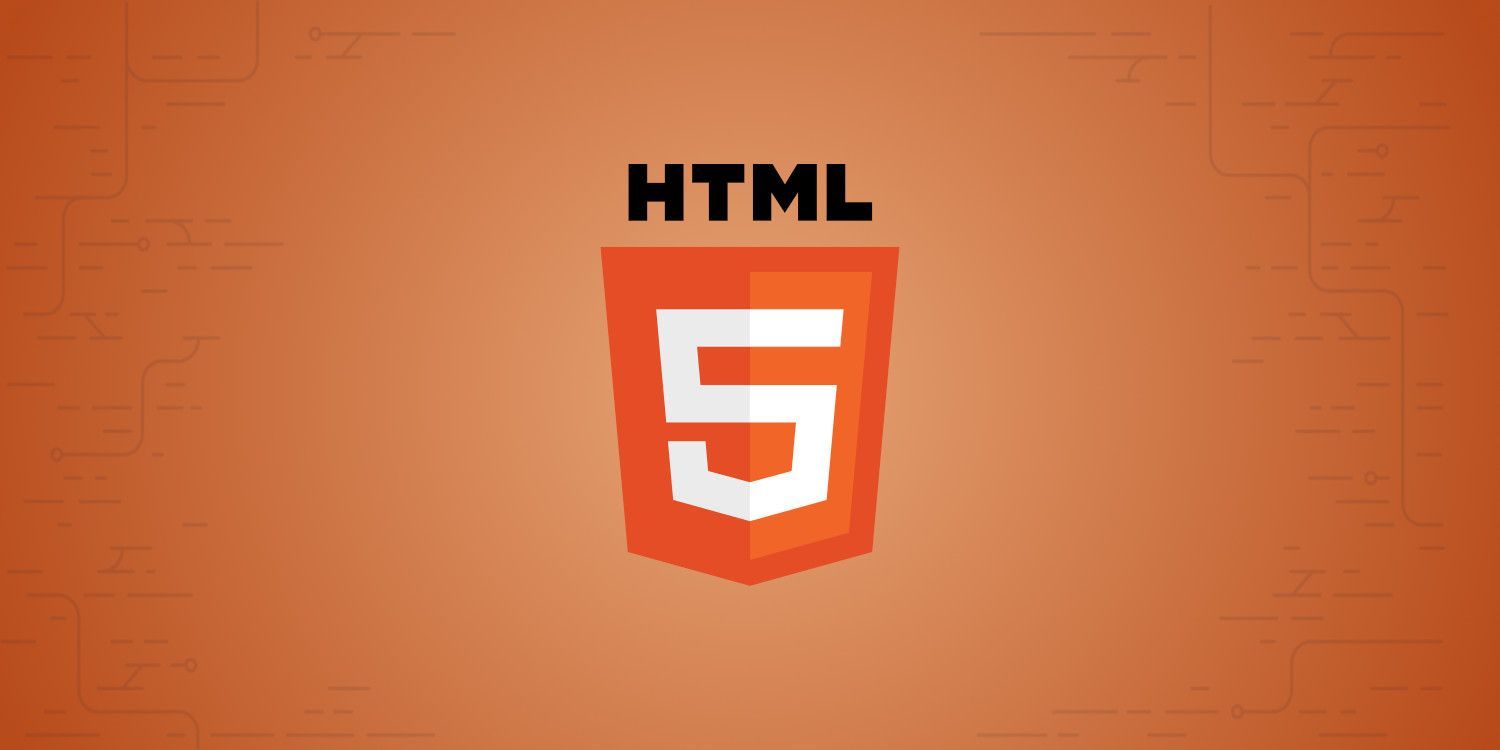If you hire a good SEO company, you may never need to know HTML, which is one of the reasons why many companies choose to opt for web design and SEO firms. referencing first. That said, it can still be helpful to learn a bit at your leisure, and you may find that it helps you better understand your online marketing and accomplish certain tasks yourself.
WHAT IS HTML?
HTML is the “code” used to define the layout, colors, fonts and other functionality of a website. When a browser reads this code, it converts it into instructions that dictate how files on a server are displayed.
We say “code” between inverted commas, because using HTML is not really programming in the conventional sense because it is very static and not interactive. HTML alone is not even powerful enough to control the layout of modern sites – which will also rely on other formatting and programming languages, including CSS, JavaScript and PHP. It is unlikely, however, that you will need to use a format other than HTML, which is the most basic and fundamental aspect of a website.
WHAT HTML LOOKS LIKE
To see what HTML looks like, you can open any web page in Chrome and right-click to “see the source” (it works differently in some other browsers). This will open the code and allow you to take a look. Many programmers actually use tools like this to create their own programs: just find sections of code that do what they want, and then reverse them to work in their own creations.
When you see HTML for the first time, it may seem a little complicated. All you really need to know, however, is that everything in triangular square brackets <like this> is an instruction (they are called “tags”). Anything outside of these brackets is content that will go to the page. Normally, these codes come in pairs with content sandwiched in between: the first tag “will start” some type of formatting, while another “will finish it”. Intermediate elements will be affected accordingly.
WHAT HTML IS USED FOR
Each HTML tag will then have an impact on the content it surrounds in different ways. For example, the tag “<b>” means “bold” and therefore in this sentence:
This is why you <b> must </b> always remember …
The word “must” will be in bold.
Likewise, you can use <i> for italics </i> or <u> to underline </u>. Other tags can help define headers, create hyperlinks, change fonts and colors, etc.
Of course, some tags also act independently of the content. These include things like the <br> tag, which starts a new line, or things like <bgcolor = “# E6E6FA”> which affect the background color rather than the text. There are many more, but you can actually accomplish a lot with just a few tags.
To create a complete web design or WordPress theme, you need to at least incorporate CSS and things would get a lot more complicated. However, understanding a little HTML can be useful for creating things like newsletters, filling out forms and posting to forums, or even making very few basic changes to your own website without worrying that you are going to damage anything. You might even find it interesting – in which case it’s a great starting point from which you can start learning a lot more!



Leave A Comment